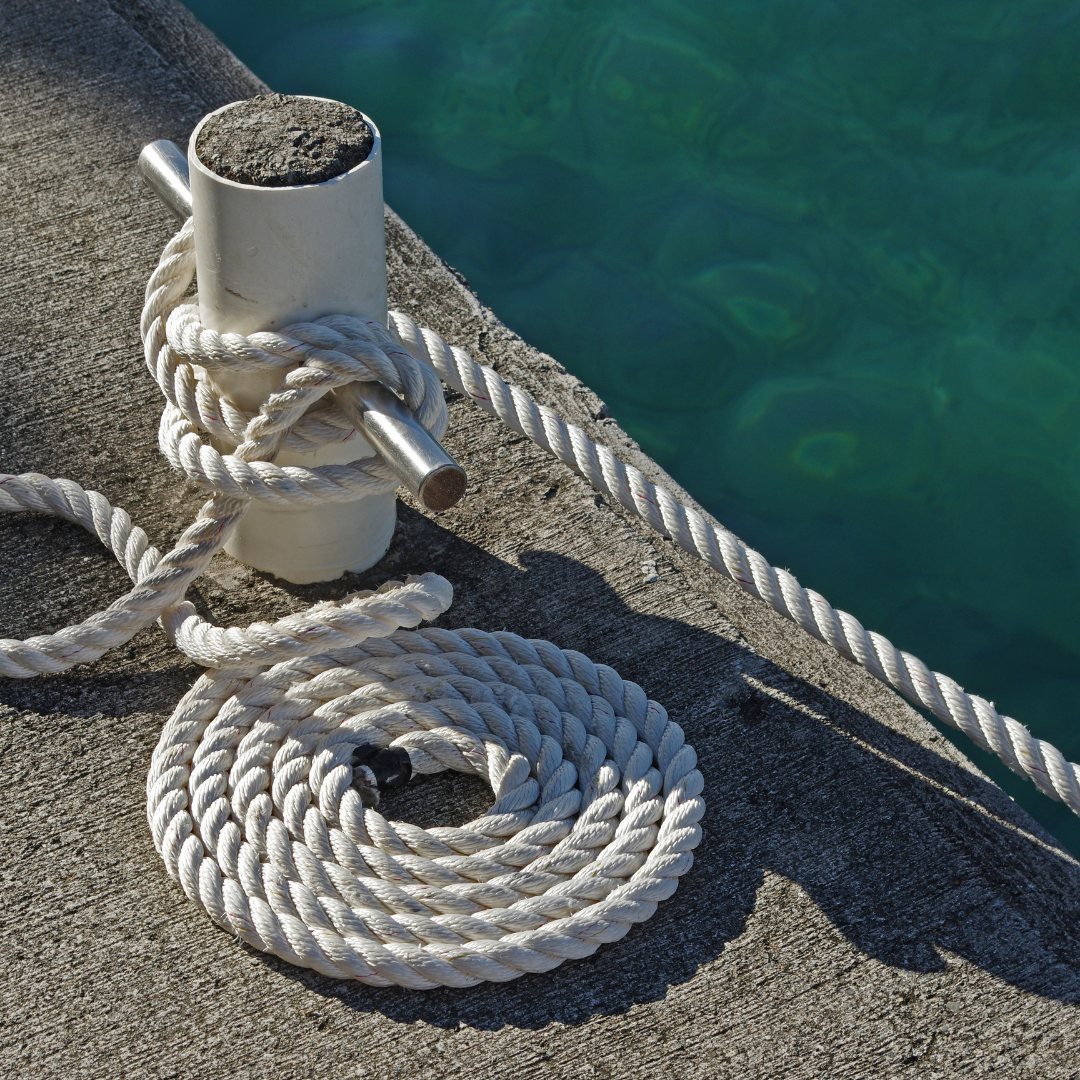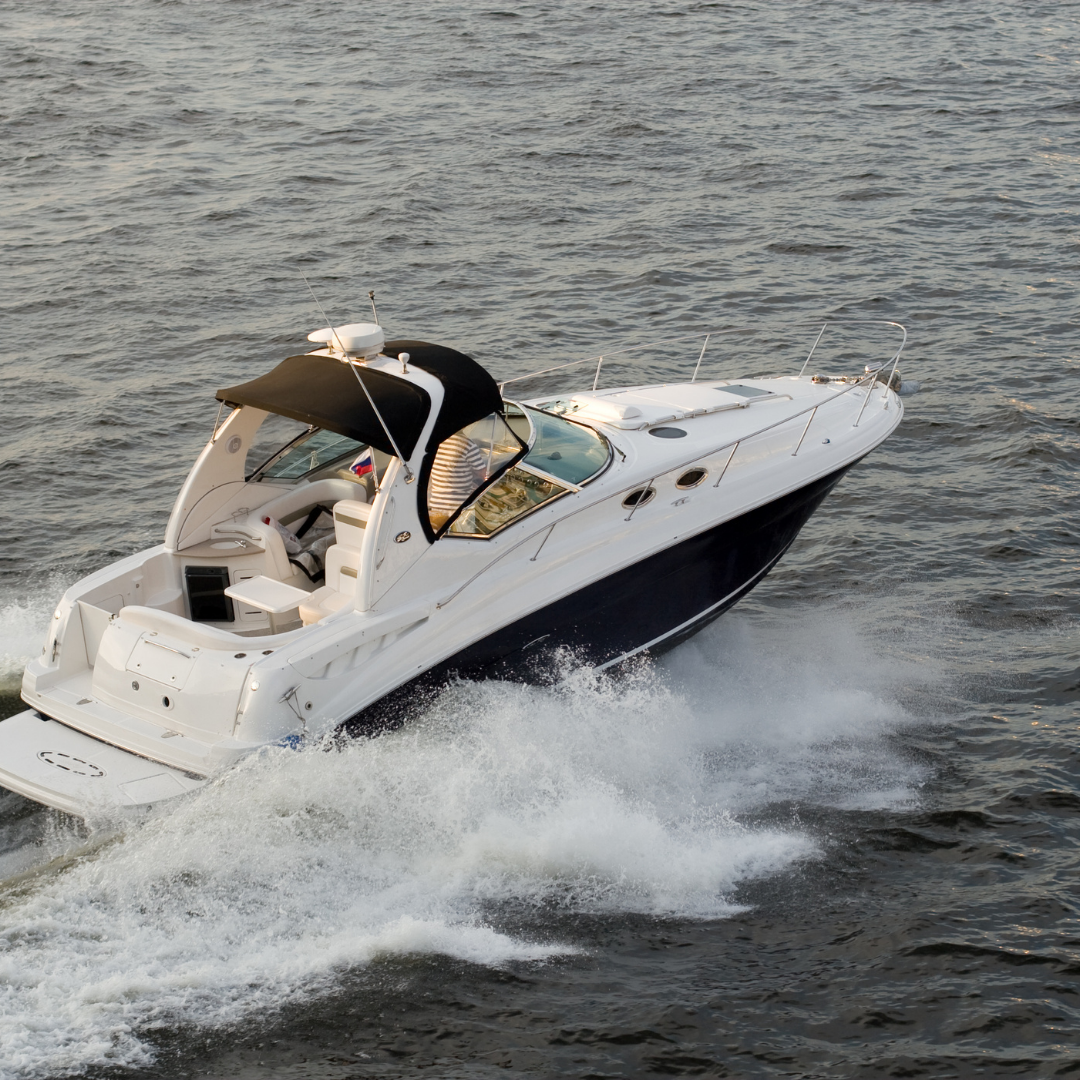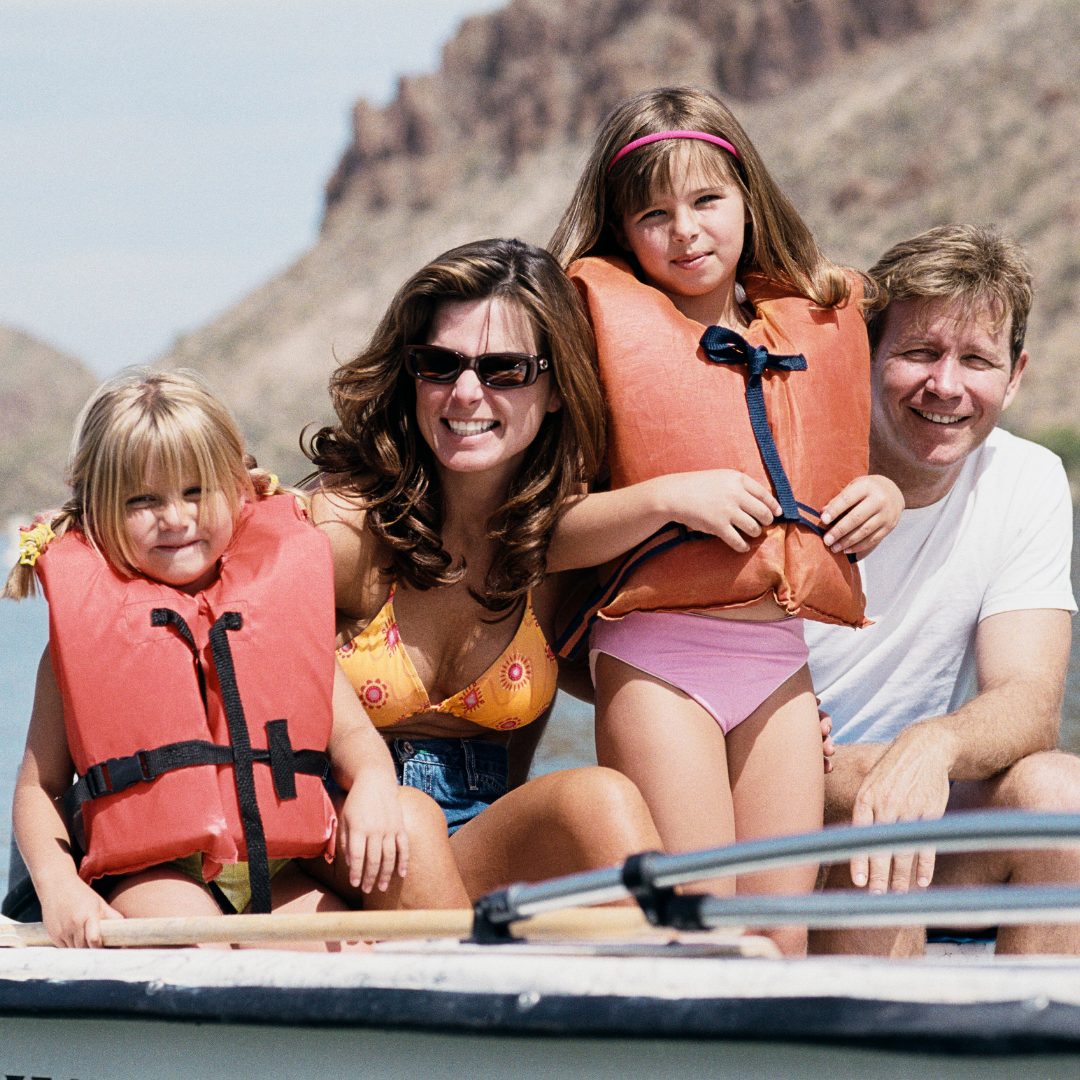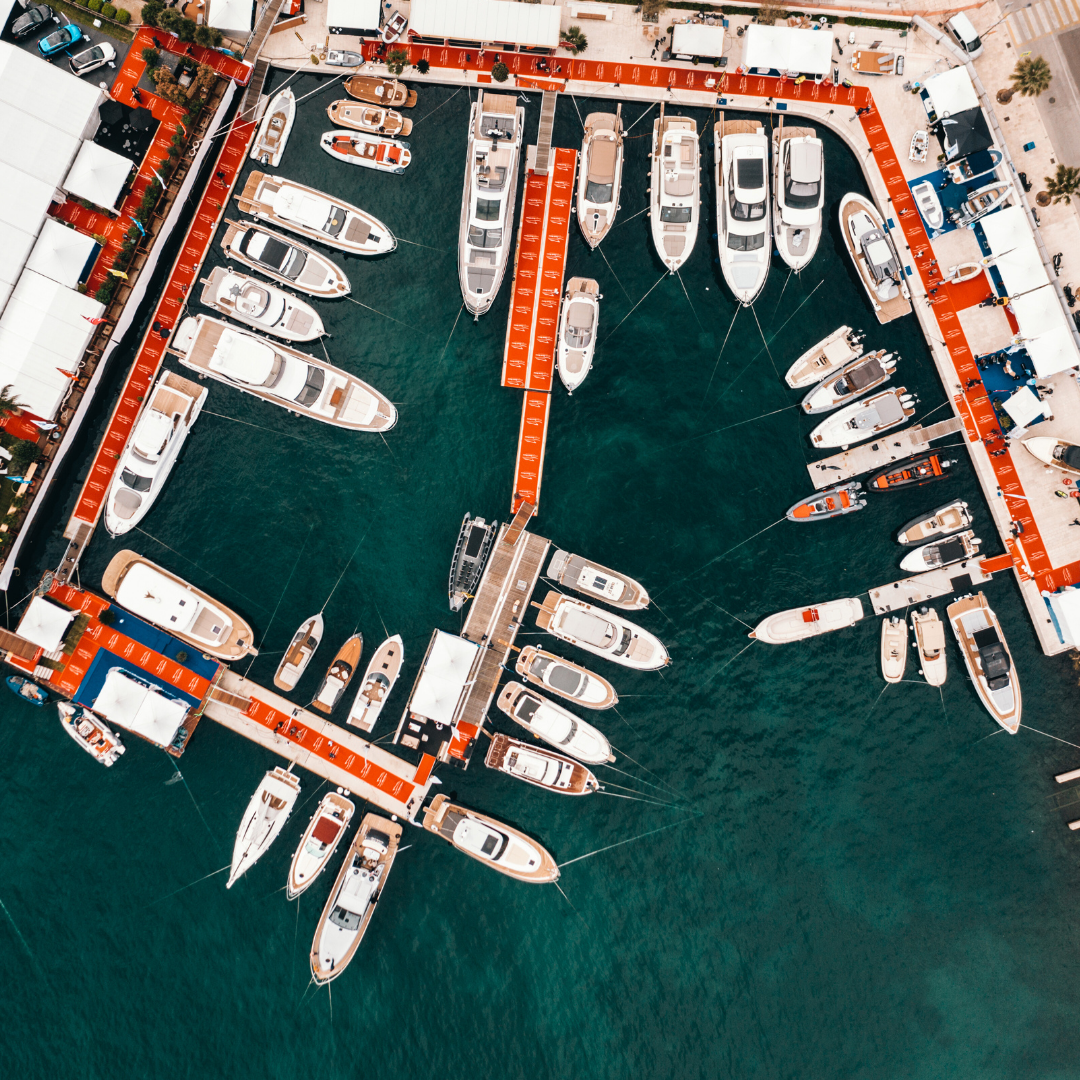Boating Safety Tips for Beginners: Getting Started on the Water

As the adage goes, “A smooth sea never made a skilled sailor.” The world of boating, with its undeniable allure, brings forth images of serene waters, sunset horizons, and the gentle sway of anchored vessels. But for every picturesque moment it offers, boating demands respect for its powerful nature. Beginning your journey on the water is as much about savoring its beauty as it is about understanding its challenges. This guide aims to introduce novices to the fundamental principles of boating safety, ensuring that their initial forays are both exhilarating and secure.
The Fundamentals: Boating Basics Every Novice Should Know
The foundation of any endeavor lies in its basics, and boating is no different. For beginners, understanding your boat is the starting point. This encompasses recognizing its dimensions, weight capacity, and how it responds under various conditions. Additionally, knowing where all the essential controls and safety equipment are located is crucial. It’s also vital to grasp the basic terminologies, such as bow (front), stern (back), starboard (right), and port (left). Getting comfortable with these aspects ensures that when faced with challenges or emergencies, the boater’s reactions are swift and informed.
Conducting a Pre-Departure Checklist
A pre-departure checklist serves as a safeguard, ensuring that no crucial aspect is overlooked before setting sail. This includes inspecting the boat for any visible damages, checking fuel levels, and ensuring that all necessary safety gear, including life vests for each passenger, is onboard. It’s also wise to confirm the working condition of the boat’s engine, lights, and communication devices. Before departure, always inform someone ashore about your expected route and return time. This step, often underestimated, can be a lifesaver in unexpected situations.
Understanding Right-of-Way and Basic Maritime Rules
Maritime navigation rules, often called “Rules of the Road,” are the standard laws that govern the behavior of vessels in relation to one another, primarily to prevent collisions. Understanding who has the right-of-way in various situations is vital. For example, a sailboat usually has the right-of-way over motorized boats. However, there are exceptions, especially when a large vessel’s maneuverability is restricted. Additionally, there are specific rules for vessels meeting head-on, overtaking, or crossing paths. Grasping these rules is essential for both safety and legal compliance.
Avoiding Common Mistakes: Overloading, Speeding, and More
Novices often make a set of common mistakes, which, while seemingly innocuous, can lead to dangerous situations. Overloading a boat beyond its capacity can cause instability and increase the risk of capsizing. Speeding, especially in crowded or unfamiliar areas, reduces the reaction time, elevating the chances of collisions. Additionally, not monitoring the weather or ignoring warning signs can lead to being caught in storms. Awareness of these common errors and active measures to prevent them are essential for safe boating.
The Role of the Spotter: Safety in Numbers
In boating, especially when engaging in water sports or when someone is in the water, an extra pair of eyes is invaluable. A spotter is responsible for watching the person in the water, ensuring their safety, and signaling the boat’s driver in case of any issues. They play a critical role in emergencies, helping in quick response and rescue. For beginners, understanding the significance of a spotter and ensuring their presence can be the difference between a fun day and a tragic event.
Alcohol and Boating: Risks and Regulation
Just as alcohol and driving don’t mix, the same holds true for boating. Consuming alcohol impairs judgment, reduces reaction times, and affects balance – all vital for safely operating a boat. Many jurisdictions have stringent regulations against boating under the influence, with penalties that can include fines, imprisonment, or license suspension. Beyond the legal ramifications, the risks associated with alcohol consumption during boating are substantial and can lead to fatal accidents.
The Value of Taking a Boating Safety Course
Knowledge is power, and in boating, it’s the power to stay safe. A boating safety course provides beginners with comprehensive knowledge about the dos and don’ts of boating. From understanding navigational rules to hands-on training in operating a boat, these courses are designed to instill confidence and competence. Many also cover first aid, emergency response, and survival techniques. Additionally, completing a recognized safety course can often lead to benefits like insurance discounts. For novices, it’s a step that adds depth to their boating journey.
As you stand at the threshold of countless adventures on the water, the horizon ahead is filled with promise. Boating, in all its varied forms, offers an escape like no other. But with this freedom comes responsibility. As beginners, by adhering to safety protocols and continuously seeking knowledge, you ensure that every voyage is a step towards becoming a seasoned sailor. Here’s to calm waters, clear skies, and safe sailing!


